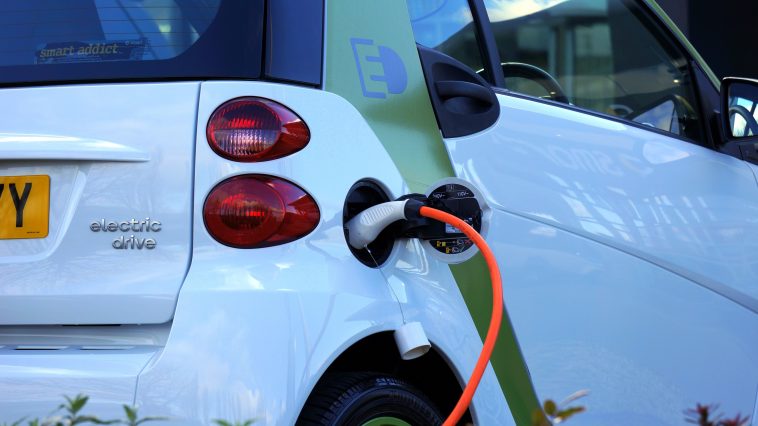As the world seeks more sustainable farming methods that positively contribute to flora and fauna, the concept of green technology holds the key to global problems such as climate change, better water use, and less pollution.
Green technology is a phrase that describes the use of technology and science to reduce human impacts on the natural environment. It encompasses a wide area of scientific research, including energy, atmospheric science, agriculture, material science, and hydrology. It applies to the agricultural sector in wastewater treatment, elimination of industrial emissions, recycling and waste management, selfsufficient buildings, generating energy from the waves, vehicles without carbon emissions, and solar energy.
The main aim of green tech is to protect the environment, repair damage done to the environment in the past, and conserve the earth’s natural resources. Green technology has also become a burgeoning industry that has attracted enormous investment capital.

Self-sufficient buildings can produce their own energy. (Source: Scott Webb via pexels)
The advantages that green technology can provide sub-Saharan Africa are:
- significant energy savings,
- slowing down global warming,
- reducing air, soil, and water pollution,
- reducing the use of plastics,
- protecting natural resources,
- possibly feeding larger populations,
- effective recycling,
- new business opportunities on a national and international scale.
Unfortunately, for most developing countries, the main restriction of such technology is the high costs involved in setting it up. Other disadvantages are the research and development costs, solving technical issues associated with green technologies relying on a small pool of experts, long implementation period for African countries, job losses, and a lack of a regulatory framework.
But farmers can still start using green technology in the production process. The possible areas include soil preparation, climate analysis, staff management, pest and disease control measures, water use and chemical management, harvesting or culling techniques, packaging procedures, refrigeration, post-harvest processing, logistics, security, good maintenance and reparation of all mechanical, hydraulic, electrical installations and their infrastructure.
The best way for sub-Saharan countries to adopt green technologies is through green technology transfer. According to the African Development Report 2012 – Towards Green Growth in Africa, technology transfer can help sustain natural resources and improve the livelihoods of people who depend on those resources. The increasing water scarcity, the unreliability of water supply, and competition for land arising from other non-agricultural demands necessitate the need for technology transfer. Thus, when properly sourced and managed, technology transfer can enhance land productivity and tackle problems of food and water insecurity.
A fact that cannot be ignored is that whilst the need to finance investment in hard technologies is crucial, capacity building initiatives and other institutional technologies also deserve attention. These ‘soft’ technologies include training, market linkages, distribution systems, availability and access to microfinance, and more networking between research institutions, rural infrastructure providers, and the private sector.

Solar power is one of the green technologies that can simultaneously assist farmers and help the environment. (Source: Pixabay)
The technology transfer process is centred around three main participants:
Technology suppliers; the technology transferred, and the technology importers. The technology suppliers are encompassed by the supplier’s firms, engineering, managerial and other technological capacity contributors. The technology to be transferred consists of capital goods, engineering services, managerial services, product designs, skills and knowledge for operations and maintenance, and lastly the expertise and experience for generating and managing technological change. The technology importers will look at the creation of new production capacity and the accumulation of innovation capacities.
As the first world countries go greener while simultaneously improving their technological, financial, labour, functionality, and performance, they lead in profit earning and maintain their position at the forefront of global food production. We cannot fail to be a part of the movement by looking aside and being unresponsive to the changes around us. We must also be a part of the progressive movement.
The only way sub-Saharan countries can move towards the partial and full application of green technologies, is through the support of governments, non-governmental companies, and the private sector. They need to provide the necessary policing, laws, tax deductions, infrastructure, and capital to allow farmers and farming companies to organise themselves and apply green technology.









